11 Ways Women Can Lose Weight and Keep it Off for Good

For women trying to lose weight oftentimes Google can be the first port of call – "how to lose weight"; "diet plan for weight loss". However, the issue that tends to crop up with this approach is that it is too broad! As humans, we all have different needs and requirements out of a diet, and creating something personal to you massively increases the likelihood of success when it comes to dieting.
Depending on the source you look at, studies show that within 3 years of dieting, after having lost a significant amount of weight, up to 95% of dieters regain the weight or more! (1year = 70% ; 2 years = 85% ; 3 years = 95%).
Pretty shocking statistics if you're looking to drop some weight… the odds are against you! – or so it seems…
The reason SO MANY dieters regain weight after having lost it is because the approach they took to get the result was so unsustainable. Think shake diets, weight loss teas, "detoxes," whatever your favorite influencer is pumping nowadays.
And if a diet and exercise approach you choose is unsustainable, sure it might get you results now. But the second you stop it and begin eating normally again you regain all the lost weight.
A personalized diet plan on the other hand is built around you, and should be created with sustainability and beneficial behavior change in mind. That way when the dieting phase ends and you want to maintain the weight – it's done much more easily.
Plus everyone's nutritional needs are different, for women to look after their health, wellbeing, energy, and hormones, a well structured diet is vital.
Before starting any diet you should consider a number of factors:
The Factors to Consider Before Dieting
Ask yourself:
- Can I see myself sticking to this diet in a years time or further?
- Will I enjoy what I'm eating?
- Does this diet have more than just weight loss in mind? (like health and nutrition)
- Am I able to enjoy normal life activities on this diet (birthdays, parties, weddings, meals out)?
- Am I able to stick to this diet consistently 85% of the time or more?
If the answer to any of these questions is no, I would consider how adherent you will be to the approach, or how sustainable it would be for you.
Step 1: Choose Your Goals
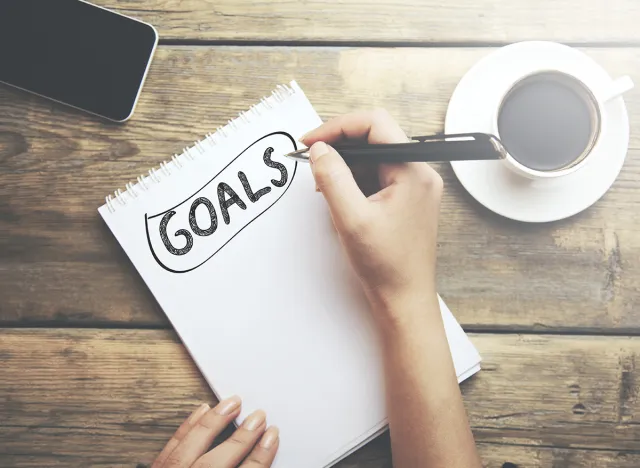
Depending on whether you need to add some weight or lose a few lbs, you'll want to select a calorie and protein goal which fits your needs. This can be easily worked out using any online calorie calculator, I suggest aiming for a surplus or deficit which is around 200-300 kcals above/below your maintenance. A protein target of around 1g per lb of bodyweight is great too. Of course there are outliers to these numbers but for most this is a good starting space.
Why would you not eat more or even less if you wanted to get to the result faster? Remember the 95% of diets which result in weight regain? The science here is unequivocal, these approaches are unsustainable and especially in the case of weight loss are more likely to result in regain but more importantly, a lack of macro and micronutrients.
This can leave you feeling exhausted, brain foggy, irritable, and impact how you look visually too.
Related: 10 Tips to Drop 10 Pounds in 3 Weeks, From Celebrity Trainer and Influencer Paulina Hefferen
Step 2: Always Start With Quality Food
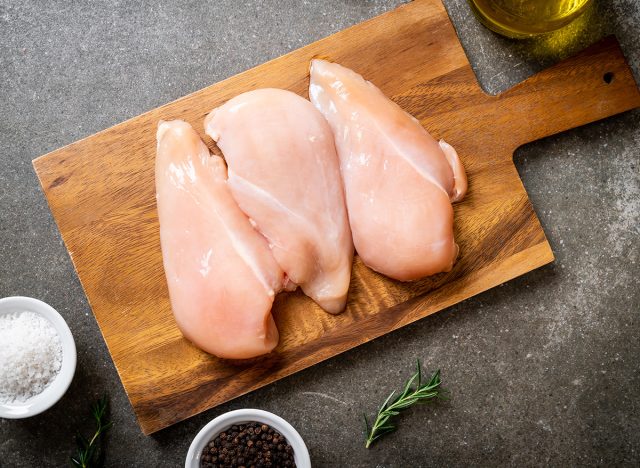
Always start with quality food. Aim to get around 80% of your food from minimally processed whole foods. Your body will love you for it and this is the foundation of good health! This doesn't mean you can't enjoy fun foods for that other 20%, just don't make them all you eat. This is all part of balance! And more importantly longevity in your diet.
Step 3: Adhere
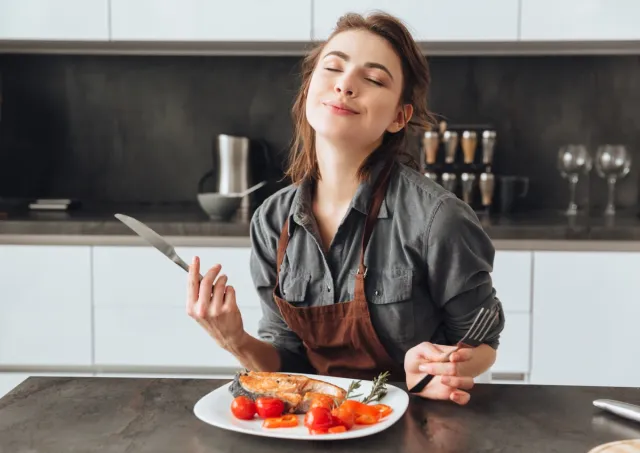
Adherence, it takes time to see results, you realistically are going to have to do this for a couple of months to really start to see change. But more importantly, consistently. Change only happens when you are consistent with your efforts.
Most people who's diets "aren't working" simply aren't being as accurate to the plan as they thought they were.
Step 4: Don't be afraid of fats and carbs!
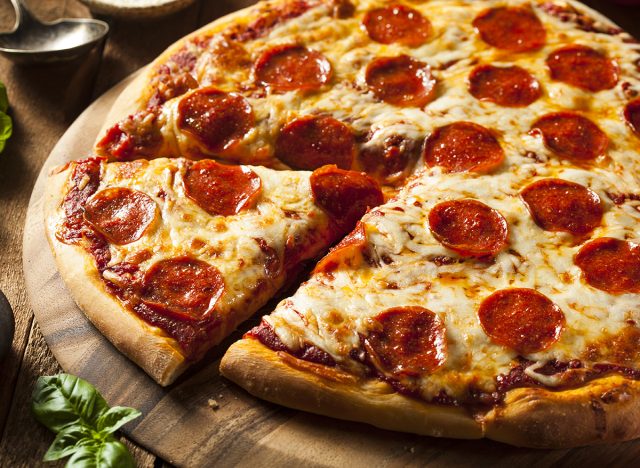
Good fats are essential to a healthy body and proper hormone function. Think a well functioning menstrual cycle and good mood, glowing skin, strong hair and nails, and high energy. Carbs will help fuel your body and workouts
Step 5: Cut back on alcohol

Nothing good happens after 5 tequilas and a bottle of Prosecco, we've all been there in a takeaway restaurant at 4 am ordering more food than a competitive eater. Alcohol across the board is not good for health (despite what this weeks news headlines tell you) that doesn't mean it can't be enjoyed in moderation, but I'm yet to meet someone who doesn't go on a food rampage after a few drinks.
Step 6: Make simple swaps
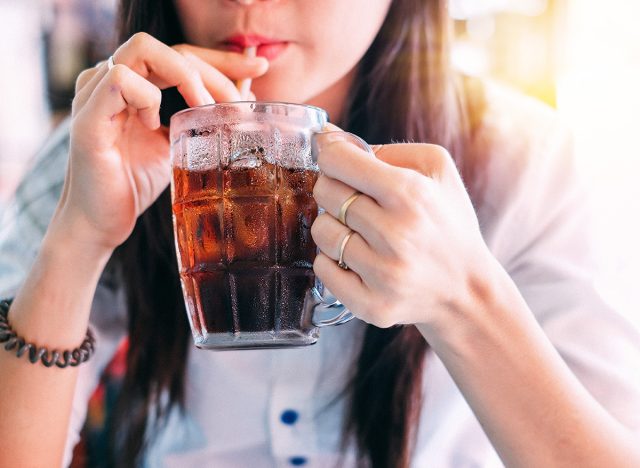
Regular cola for sugar free diet versions, 15% beef for 5 or 10%, for most people a curvy body will come as a result of dieting down and reducing waist size. Therefore a calorie reduction will be needed. Simple swaps for lower calorie alternatives are the easiest way to reduce your intake with minimal change to your diet.
Step 7: Accountability

From working with over 1000 clients, I'm yet to see someone who doesn't thrive under accountability. This can be from a friend, a partner, yourself, or even a PT/Coach. Accountability holds you to what you said you would do.
Related: This Walking Advice Can Flatten Your Belly and Improve Your Stride
Step 8: Protein, Protein, Protein

When you have a protein target for the first time it can sometimes be hard to hit. Rules like "always include a protein serving in each meals" or "double down on the protein" source can help but sometimes it can seem like is it that important?
The answer is simply yes. Protein will keep you fuller and more satiated which is very important when losing weight as well as helping you to maintain that all important muscle mass which you're carrying helping to give you that curvy physique.
Step 9: Fruits and Vegetables
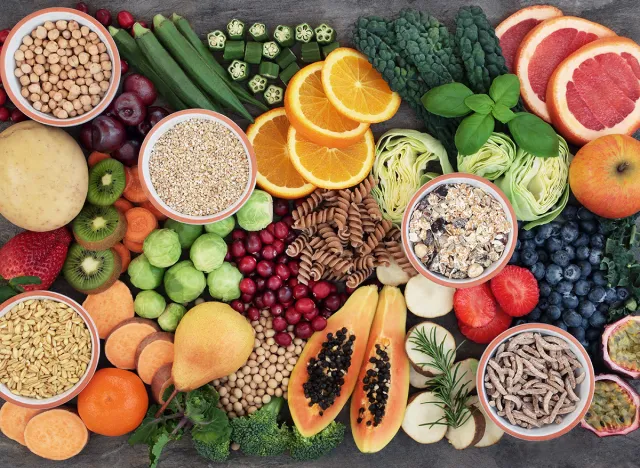
Yep the boring advice you always hear. Fruit and veg however similar to protein is full of fibre and nutrients, extremely important for health, and also keeping you full!
Step 10: Less Snacks, More Full Meals

Grazing never fills you up and it always contains more calories than you think. You finish a day saying "I didn't eat that much" when in reality you ate enough calories for a sumo wrestler. Eating 3-4 structures meals a day massively helps with the overall goals and keeping you on track
Step 11: Hydrate!
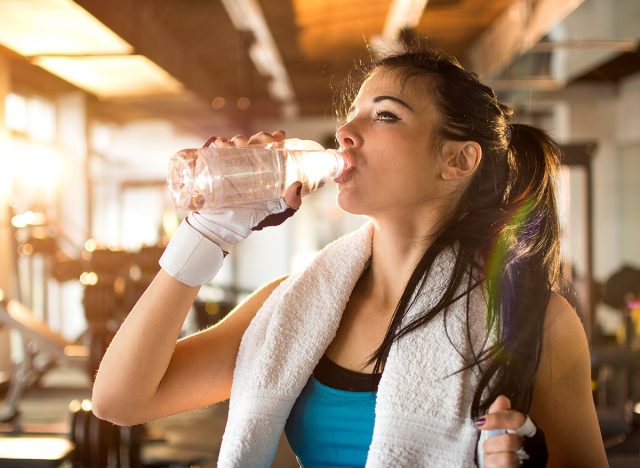
Dieting is hard enough as it is, it's even harder when you not only deplete your body of nutrients to drop some LBs, but you also dehydrate yourself! Drink more water and see the incredible benefit it has to your energy and adherence!
Want to Enhance Your Curves? Figure Out if You Want to Gain or Lose Weight
The first thing to do when trying to enhance curves and maintain health is to figure out if you want to gain or lose weight. "Enhancing Curves" is a subjective term and each person will have their own view of what this looks like. To most I believe their mind goes to the typical hourglass figure.
Firstly, ladies you're in luck! Your genetics play a great role in where your body fat is stored and this works towards your pursuit of a curvy physique. Most women make the mistake of thinking they want to get rid of ALL their fat, but a lot of what creates the curves you desire is actually some of this fat in the first place.
Related: I Lost 50 Pounds and Here's How You Can Lose 10 Pounds in 2 Months
Common Mistakes to Avoid
Again, avoid something you couldn't keep up for a year or longer, a lack of dietary variation, something that looks great on paper but you won't enjoy (I.e. doesn't let you eat foods you love) and a lack of flexibility. In my eyes you must be able to have fun while dieting, and part of that means being able to eat while out and socializing. Also avoid going for the quickest route. The quickest route is also the highest likelihood for failure and rebound
And Don't Forget to Workout!
Although diet is very important in this process, you should also make sure you are strength training (no it won't make you bulky, I've been actively trying to get bulky for years and I'm a man… that only happens by purposefully pursuing it for years) 3-4 times a week, and sleeping well.
Most fitness advice and the most effective approaches are unfortunately the slightly less sexy flashy ones. But the people who can look past that and just focus in on the basics for a period of time, they always do the best!
💪🔥Body Booster: Eat whole foods for 80% of your meals and enjoy your favorite treats for the remaining 20% to maintain a balanced diet.
Jack Symons is the founder & head coach of Rival Fitness.




